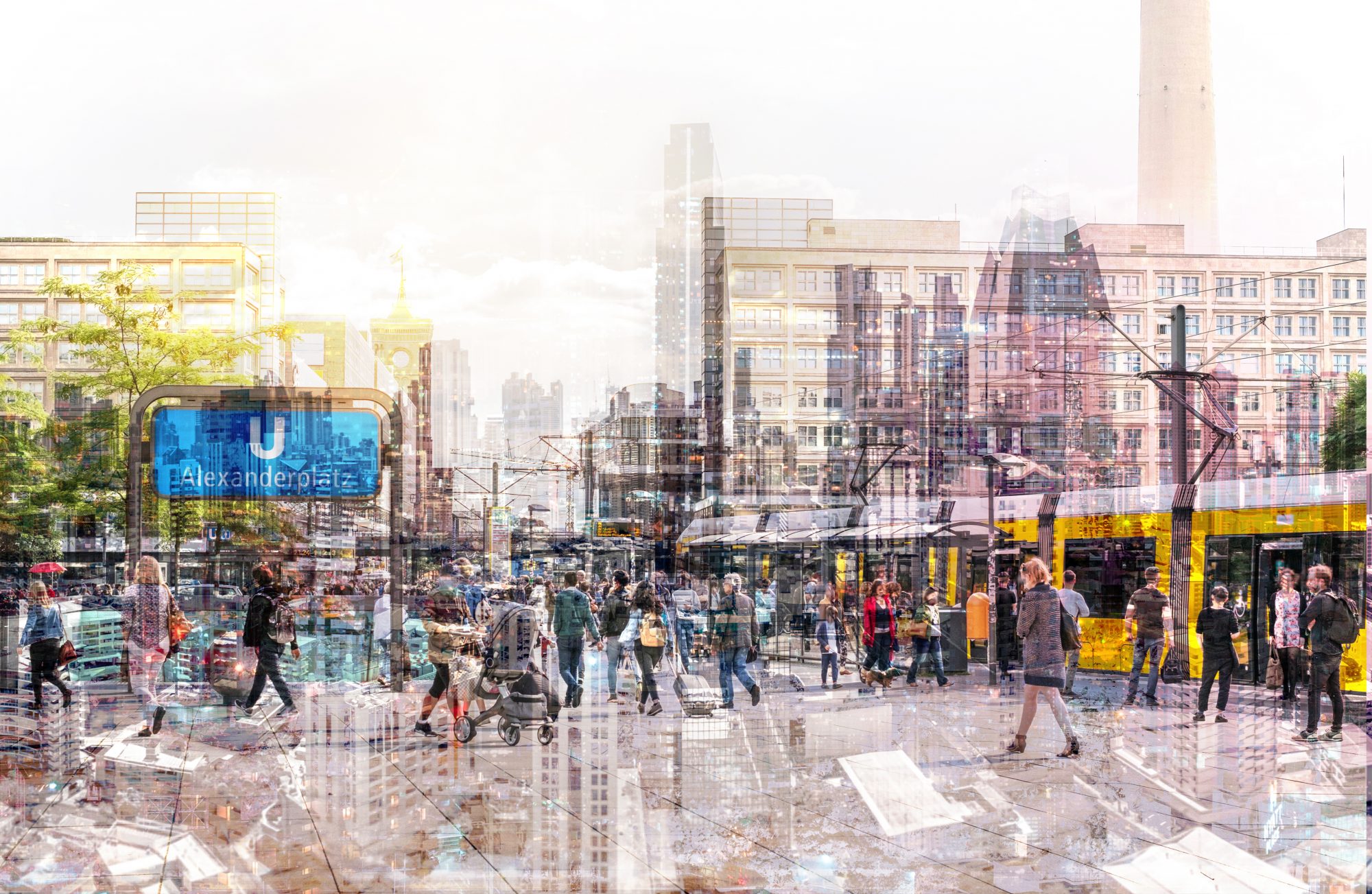In this article, Barny Evans, sustainability director at Turley explains to PBC Today how processes and systems to address the effects of climate change can be reformed to tackle ‘urban heatwaves’ and the impact of a rising climate on city infrastructure
The threat that climate change poses to those living and working in urban areas came to the fore this summer as the UK experienced a record-breaking 40°C heatwave.
With warnings from the World Health Organisation that extreme temperature events are set to increase both in frequency, duration, and magnitude, the duty now falls on city planners to answer critical questions over how best to future-proof urban areas to increase resilience to climate change and urban heatwaves.
Specifically, how decades-old systems and processes for managing extreme weather events can be reformed to tackle the effects of climate change on our critical infrastructure in order to protect the quality of life of city dwellers.
Understanding the problem: Urban heat island
As a result of a high concentration of pavements, buildings and other surfaces that absorb and retain heat; highly built-up, densely populated cities experience higher temperatures than surrounding areas, particularly in the evening.
This phenomenon is being exacerbated by greater urbanisation and climate change. For some cities, it is placing an increasing strain on our power, water telecommunication, transportation, and emergency services networks, as well as affecting the productivity, health, and well-being of residents.
City planners in hot places have historically used a combination of construction techniques and technology to reduce the risk of overheating. In the Middle East, thick walls, light colours and small windows are used to keep the heat out. Meanwhile, in Southern Europe, external shutters are standard. Tree and building-shaded squares are also commonplace in traditionally hot regions.
While often highly effective, these measures have been embedded over hundreds of years. The nature of modern economies and lifestyles in developed cities across the UK means we can only respond well with better utilisation of data and technology to more efficiently manage both the public’s use of cities and the resources necessary for their operation.
The wide potential of ‘Smart City’ technology to address urban heatwaves
Technology-led measures to address urban heatwaves are varied and can range from building-scale initiatives to a city-wide scale transformation.
At a city scale, change can often be difficult to achieve as much of the buildings and landscape are fixed. Still, there are opportunities, such as tree planting programmes that can improve the urban environment in many ways.
As new development or regeneration takes place there are opportunities for policy to implement measures that positively impact the environment around them. The challenge in these cases is to understand what the most effective options and methods are. Here, climate modelling software such as UrbClim can be used to assess options. On specific sites microclimate, modelling and even computational fluid dynamics (CFD) can be used to optimise designs.
Many cities now require increased biodiversity with ‘green roofs’ to help cool urban areas down. Others have advocated for passive cooling building design and lighter-coloured material usage to help reflect more sunlight and trap less heat.
The new Madrid Nuevo Norte district is employing a combination of green spaces and trees, building layout and shapes to enhance ventilation. The aim is to make the climate bearable even in the hot summer.
Thermal modelling software can help inform decisions about climate-resilient design
Within the building, thermal modelling software can optimise the decisions made around glazing, layouts, shading, ventilation and whether cooling is required. This technology allows a more rigorous approach than typical rules of thumb.
These packages can even model projected future climates to consider long-term scenarios. In the UK, new Building Regulations require this modelling to demonstrate how homes have reduced the risk of overheating, with passive and active measures.
In much of the world, and in most commercial buildings, cooling is necessary. Elsewhere, although it should be advised to minimise the need for cooling systems, we should also recognise their value and how they fit in a future energy system.
If climates are going to warm further then many temperate parts of North America, Asia, and Europe, where cooling is not standard in homes, will change. We can do this in a planned way or wait for people to retrofit systems inefficiently.
At a building scale, there is good news. Parts of the world that have traditionally used gas or oil are embracing electric heat pumps to provide heating. Because heat pumps draw energy from even cool air, they can produce several units of heat for each unit of electricity, making them very efficient.
In high temperatures, the system can be reversed to provide cooling. Providing they are specified correctly, new buildings and retrofit systems can slowly allow cooling to be installed in new buildings and retrofitted to old ones. Smart controls and grids can then ensure they are used optimally, further preventing urban heatwaves.
Thinking smarter about our energy network
Ultimately, in the future net-zero carbon world, it will be far easier to address the issue of cooling than heating. The need for air conditioning is coincident with sunshine, this solar power can be harnessed and used to power cooling units in lieu of fossil fuels – with batteries storing the energy for overnight usage.
This plays into the smart city energy system. In the future, there is likely to be an unlimited supply of cheap energy, mainly from solar and wind, but its output will inevitably vary. As such, ‘smart cities’ will be all-electric and use batteries, hot water, and demand management techniques to help increase and reduce energy use to balance demand to supply.
For instance, cooling systems may come on earlier to pre-cool places when there is a lot of energy, but then turned off for a period when there are energy supply lulls. Such a complex system of control will require a combination of new technology and regulatory structure that permits it, however.
As global energy demand from air conditioning increases, we will need to increase our decarbonised electricity capacity. Most of this will happen outside cities, but the widespread deployment of solar power is a significant opportunity for urban areas as well.
Managing this big increase in incoming energy as we move towards electrification, and the increasing variability of supply, necessitates modernising old power grids and transforming them into ‘smart grids’ to avoid the risk of surging power usage causing blackouts and outages as transformers overheat.
The aim must be twofold:
- Use software and technology to optimise our decisions on how to use limited resources to make cities climate resilient
- Electrify our cities and ensure the technology and regulation enable our energy supply and demand systems to respond to each other optimally
By doing this successfully our cities will be more comfortable, more productive and more attractive.
Barny Evans

Sustainability Director














